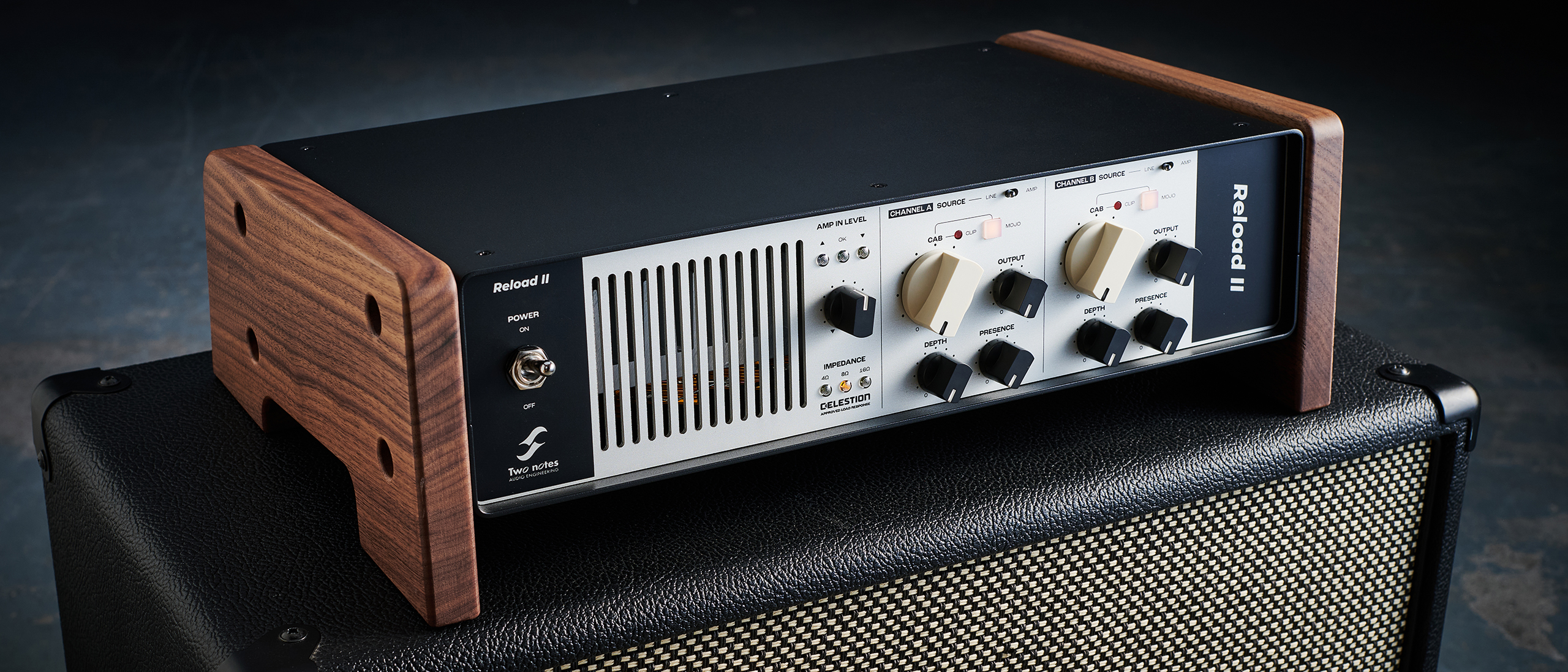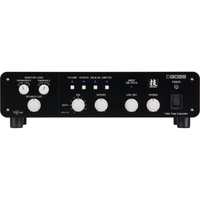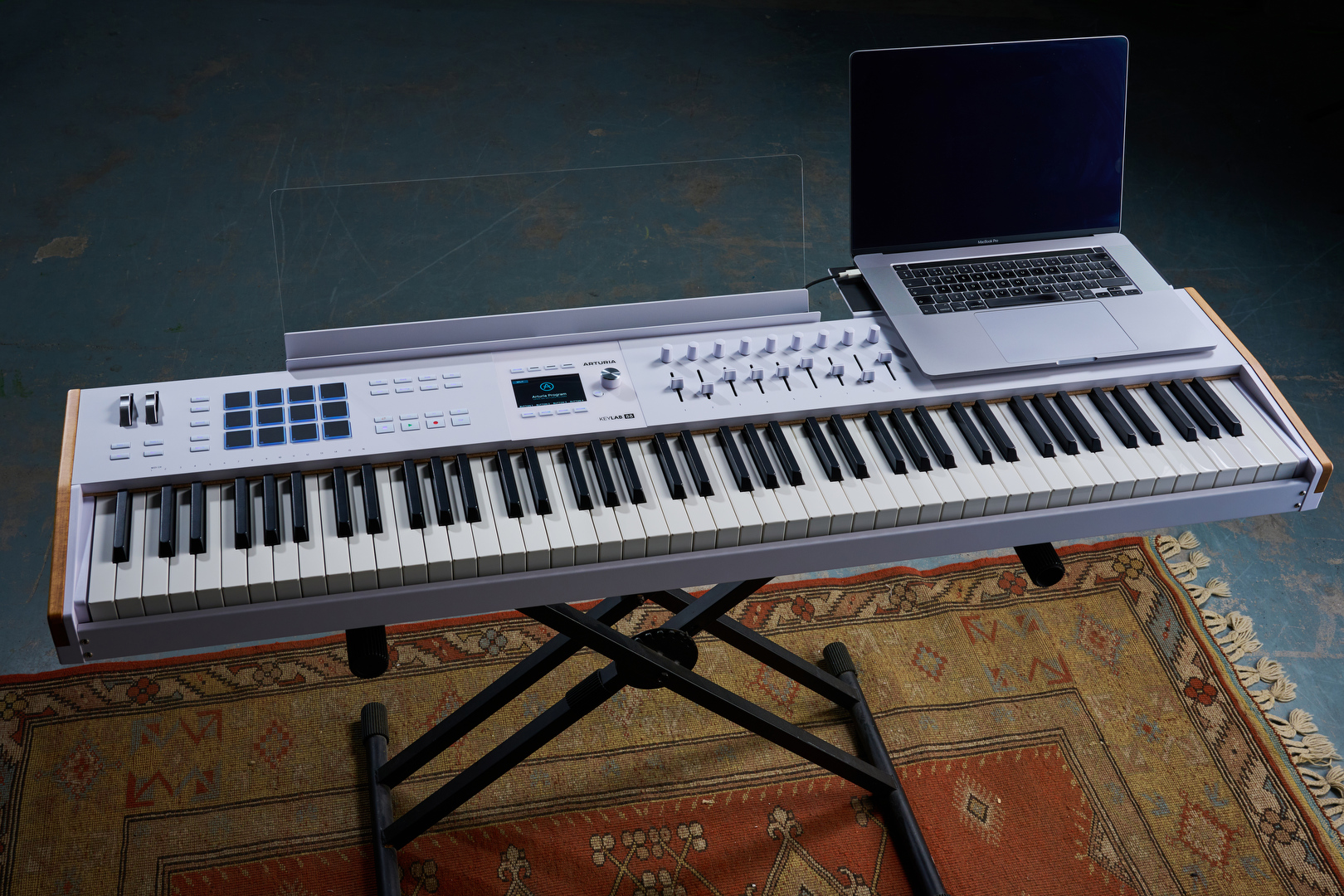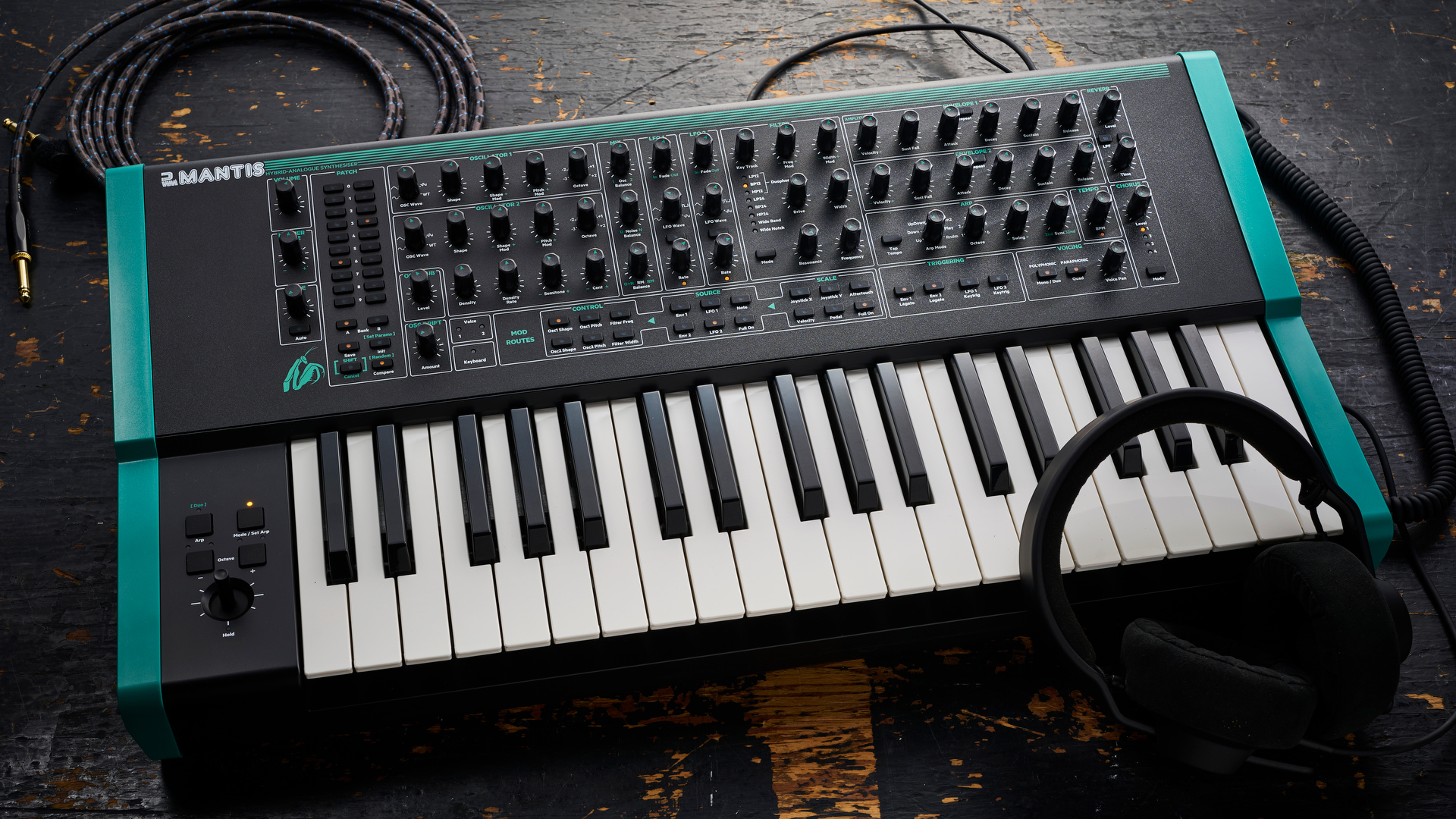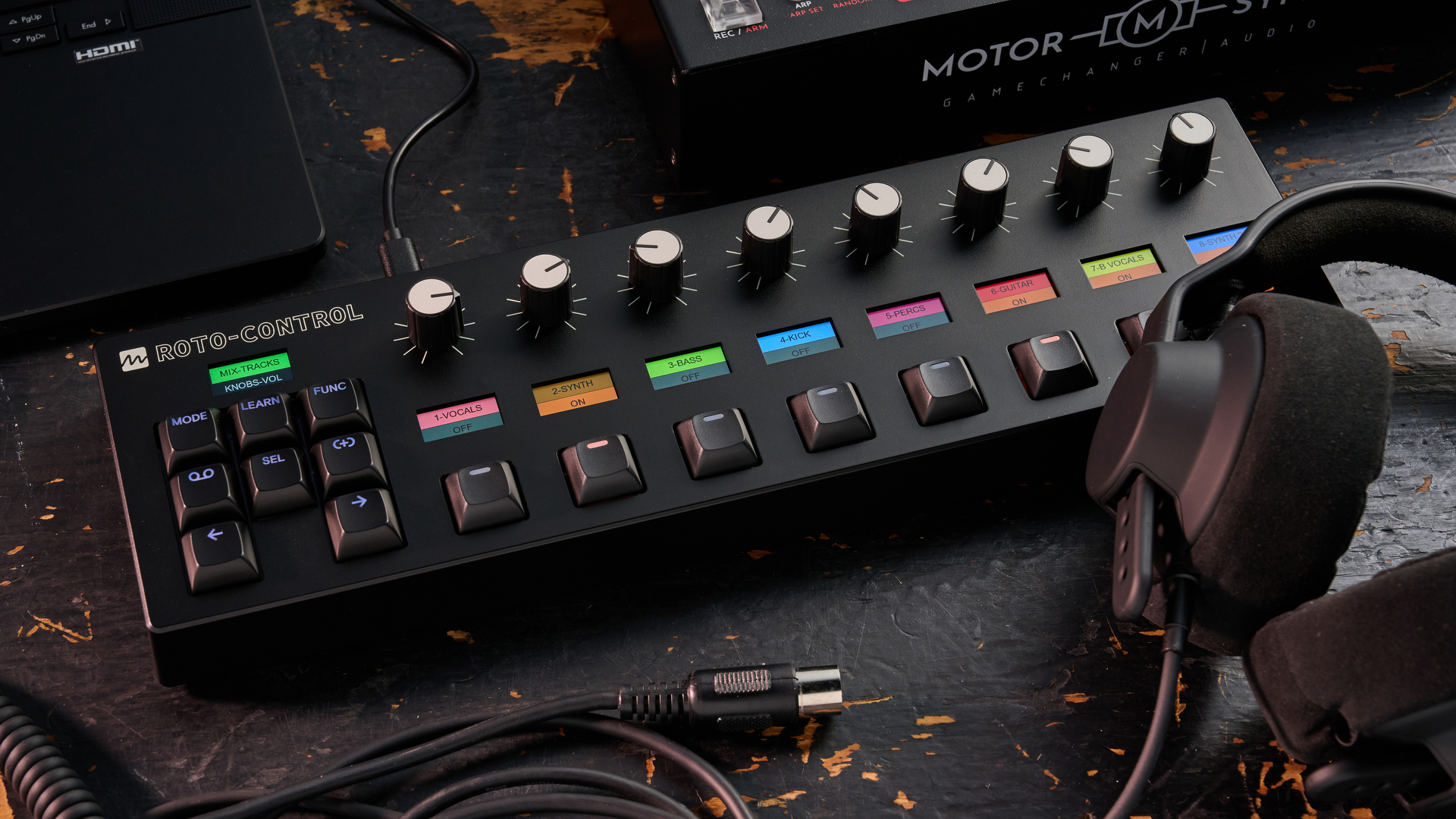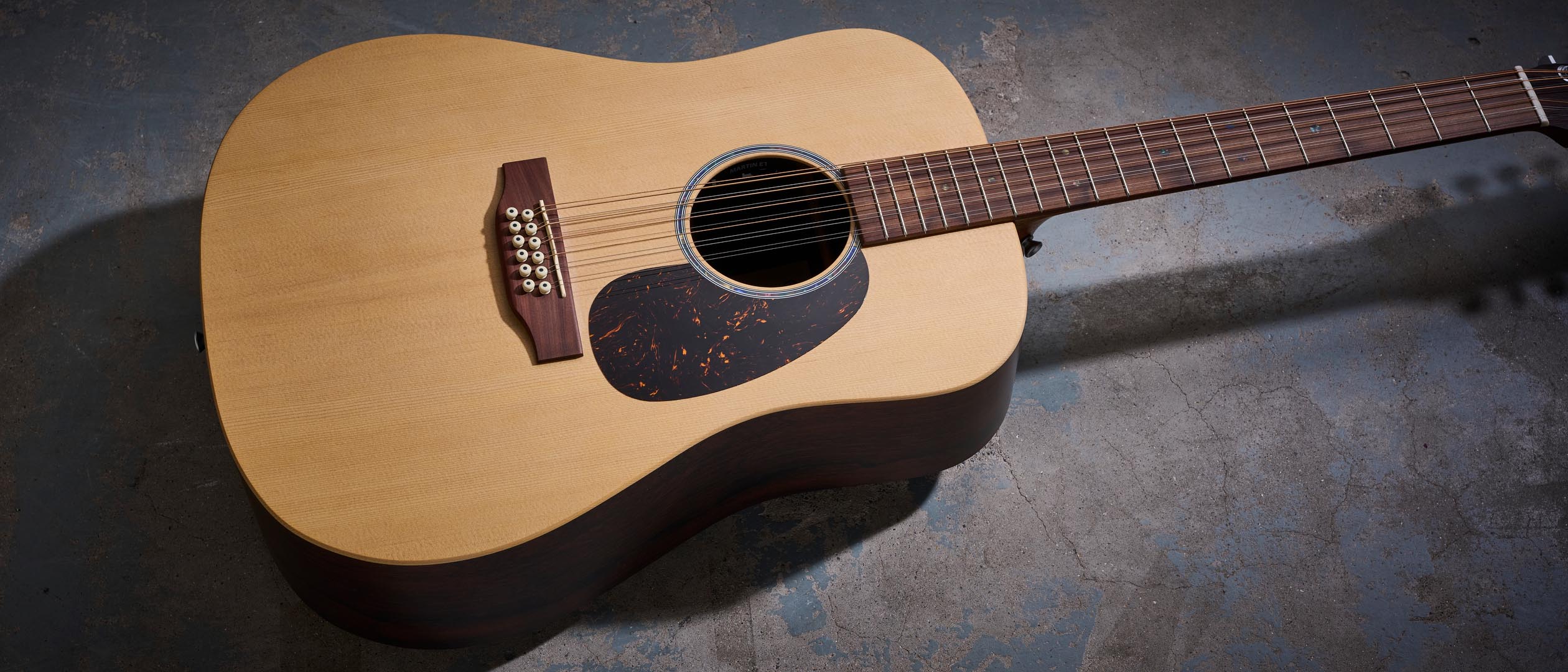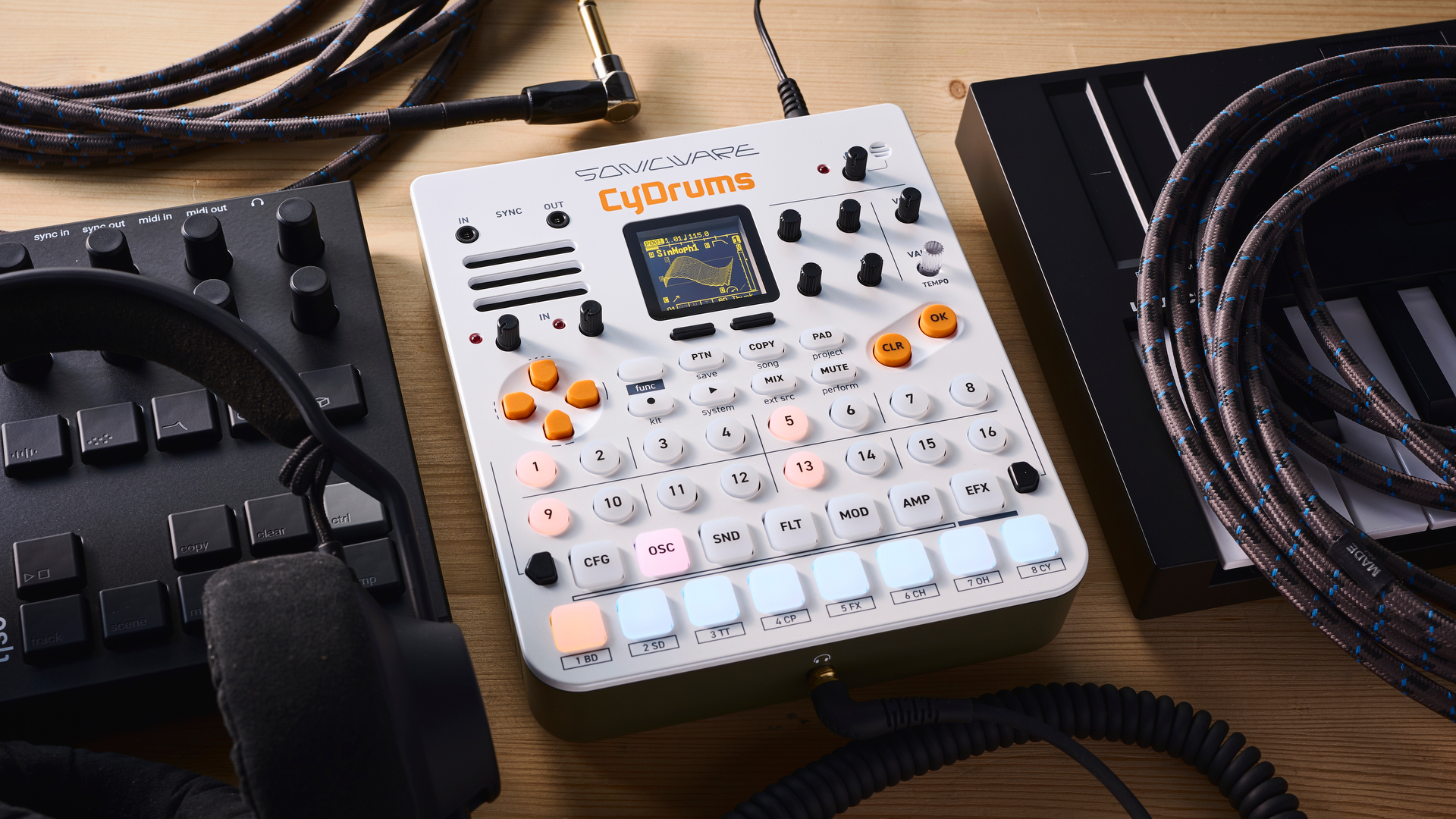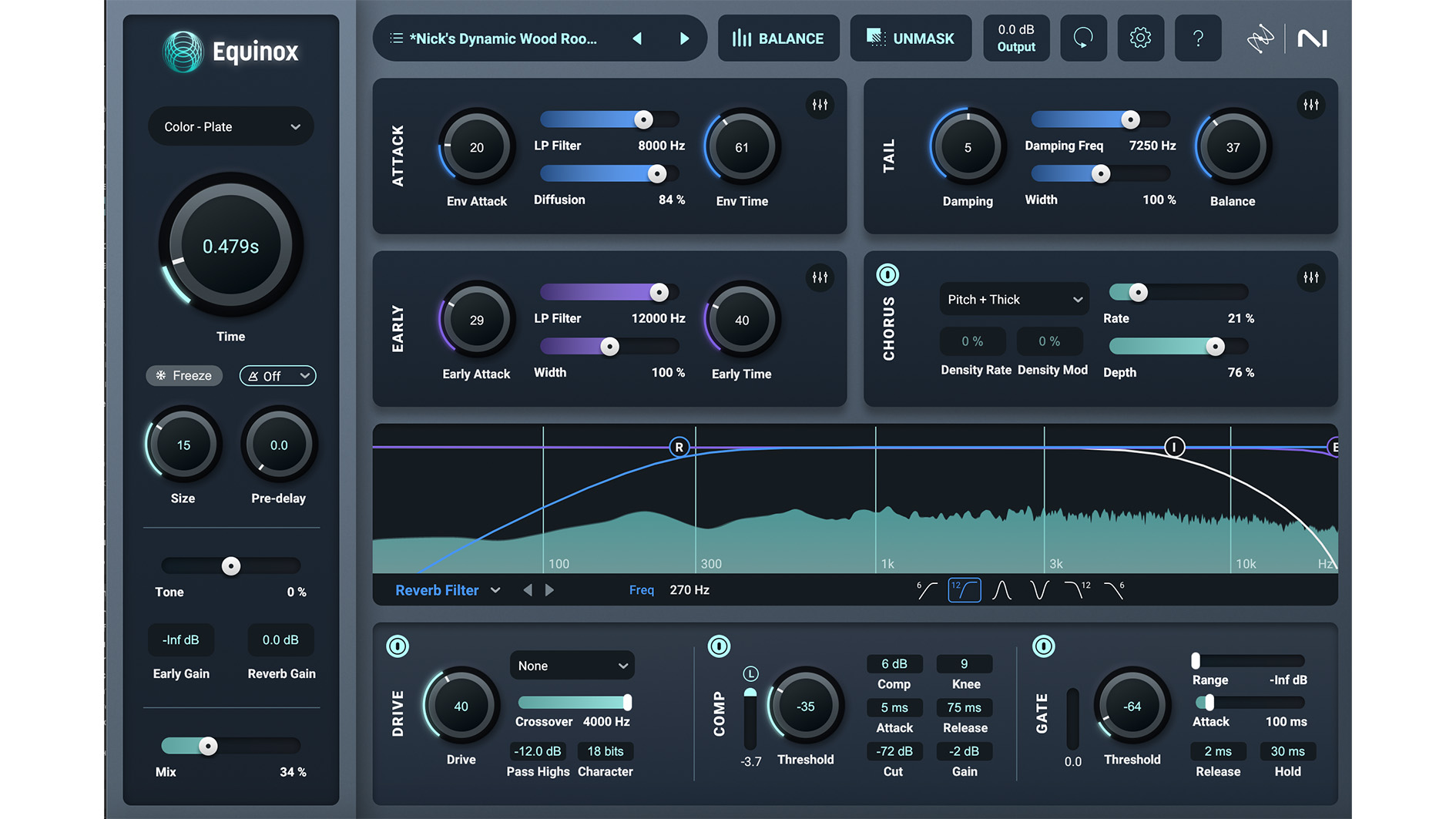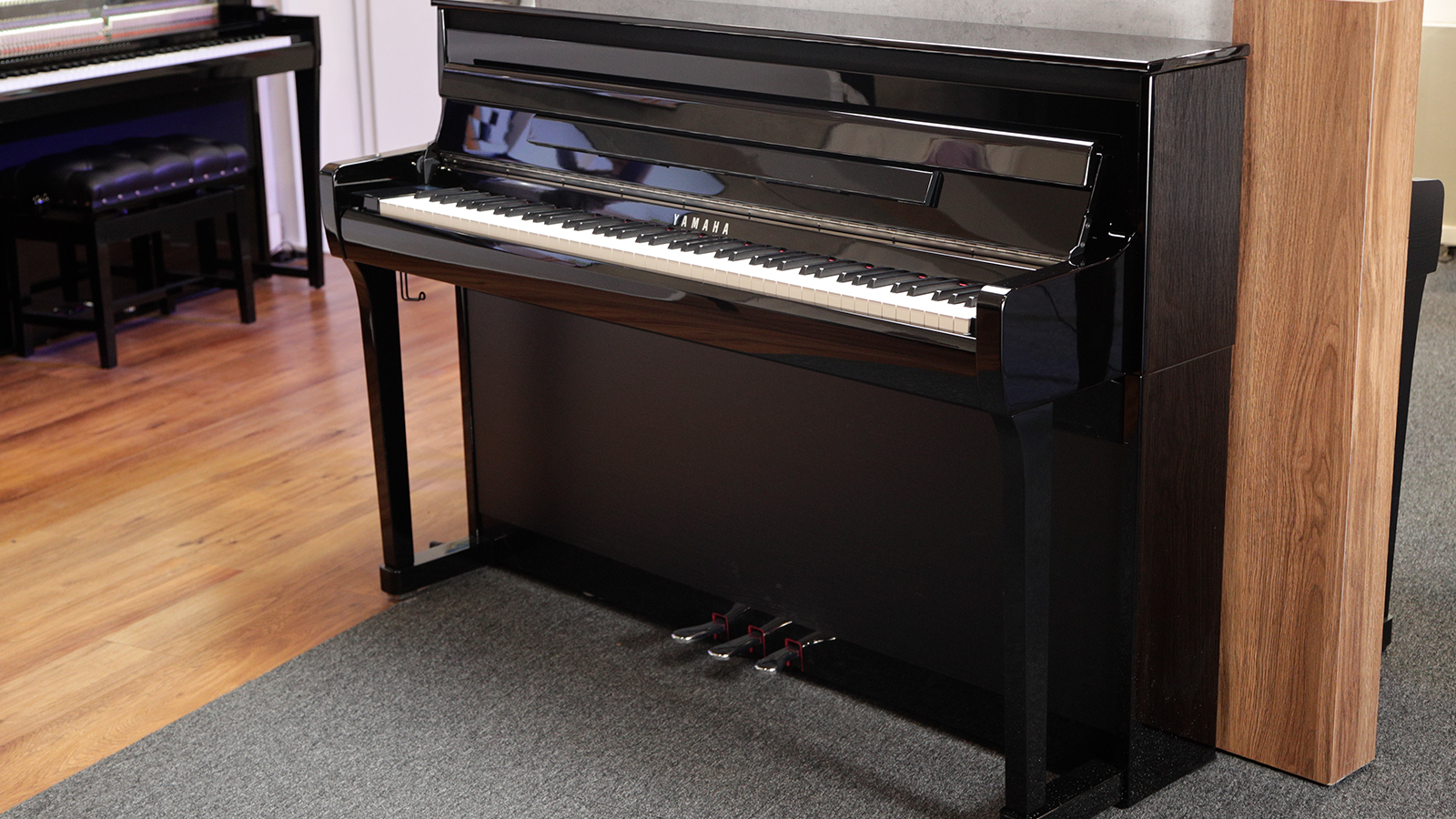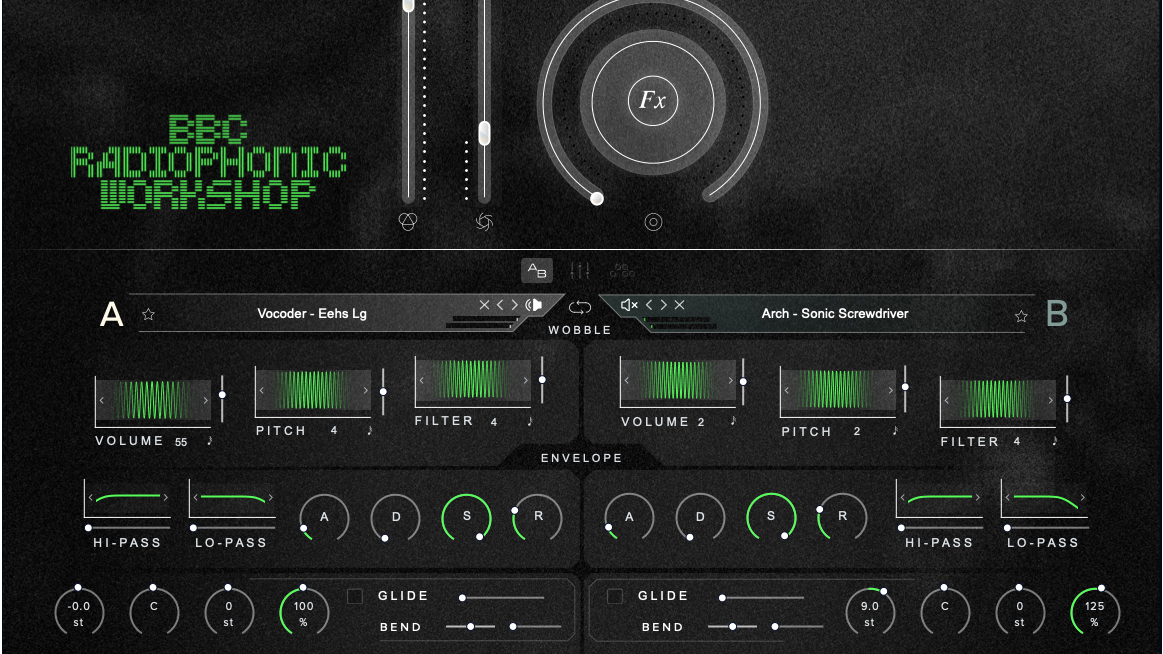MusicRadar Verdict
For those who would still rather use their tube amps over a modeller at home, in the studio, and when playing live, there’s little reason not to get the Two Notes Reload II. It’s not the cheapest out there, nor is it the most expensive, but it’s definitely one of the most fully featured options available right now.
Pros
- +
Makes a tube amp usable for home recording and practice.
- +
Run two cabs and two direct outs at the same time.
- +
Features an FX loop with stereo and w/d/w capabilities.
- +
Includes an excellent selection of quality IRs for recording.
Cons
- -
It weighs a lot which could limit some live users.
- -
Manual could be more beginner friendly.
MusicRadar's got your back
What is it?
With the age of the tube amp seemingly all but over, like me, you might have thought about offloading your great sounding but wildly inconvenient guitar amp for a fancy digital modeller. Hold that thought though, because there’s another way. The Two Notes Reload II is a reactive load box designed to let you use and record your tube amp (or any other source) at more reasonable levels whilst still maintaining tonal quality.
A tube amp needs to be driven hard to sound its best, but it's nigh on impossible to do that at home unless you live out in the sticks, or you have very reasonable neighbours. If I ever want to play my tube amp at home I have to wait for everyone to leave the house, and/or issue a noise warning to my partner and neighbours before I do so. As you can imagine, I rarely turn my amp on at home.
The Reload II sits between your amp and speaker, absorbing all of that great tube saturation and allowing you to play or record it at a much lower level
The Reload II sits between your amp and speaker, absorbing all of that great tube saturation and allowing you to play or record it at a much lower level. It can also take a line-level source and play it louder if you need it to, and features two 215-watt channels to run two speaker cabinets at once.
It has a footswitchable FX loop which allows you to add an FX loop to an amp that doesn’t already have one, which could be super-useful for those who fancy a Deluxe Reverb but like to use their time-based and modulation pedals in the loop. The loop can do full stereo, and you can run it in series or parallel, as well as using it as a pseudo wet/dry/wet setup with two speaker cabinets.
For recording artists, the Reload II also comes with Genome, a software that features high quality IR speaker simulations. There are 24 included IRs from Celestion and Two Notes themselves that cover a good range from JC120 to a Diezel 4x12, as well as having some bass cabs and built-in effects. It also comes with Codex, an additional bit of software that allows you to capture your own amps.
It makes the Reload II an enticing proposition indeed for a wide-ranging use case, whether you’re a in the home studio wanting to tame your tube amps but retain dynamics, a studio engineer looking for more flexibility, a live guitarist who wants to get the best out of their amp, or you just want to be able to practice at home with your regular rig.
Specs
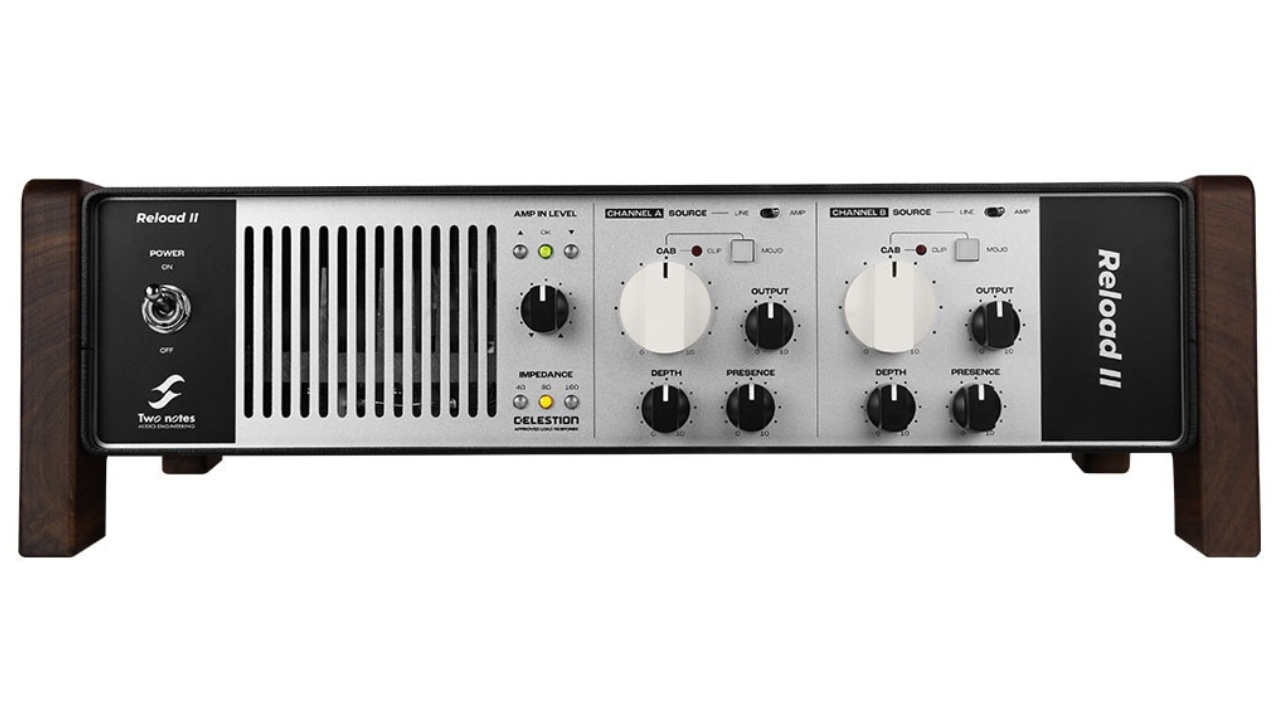
- Launch price: $1,199.99/£855/€999
- Type: Reactive load box and continuous attenuator
- Origin: China
- Output: 215 RMS
- Channels: 2
- Controls: Amp In level, Impedance, Cab Level x2, Depth x2, Presence x2, Output x2
- Connectivity: 1 x 1/4" (Amp in), 2 x 1/4" (Line in A, Line in B), 2 x 1/4" (Cab out A, Cab out B), 2 x XLR (Line out A, Line out B), 2 x 1/4" (footswitch), 4 x 1/4" (FX Loop A, FX Loop B)
- Footswitch: For FX loop, available separately
- Weight: 15lbs, 6.9kg
- Dimensions: 365 x 89 x 220mm
- Contact: Two Notes
Build quality
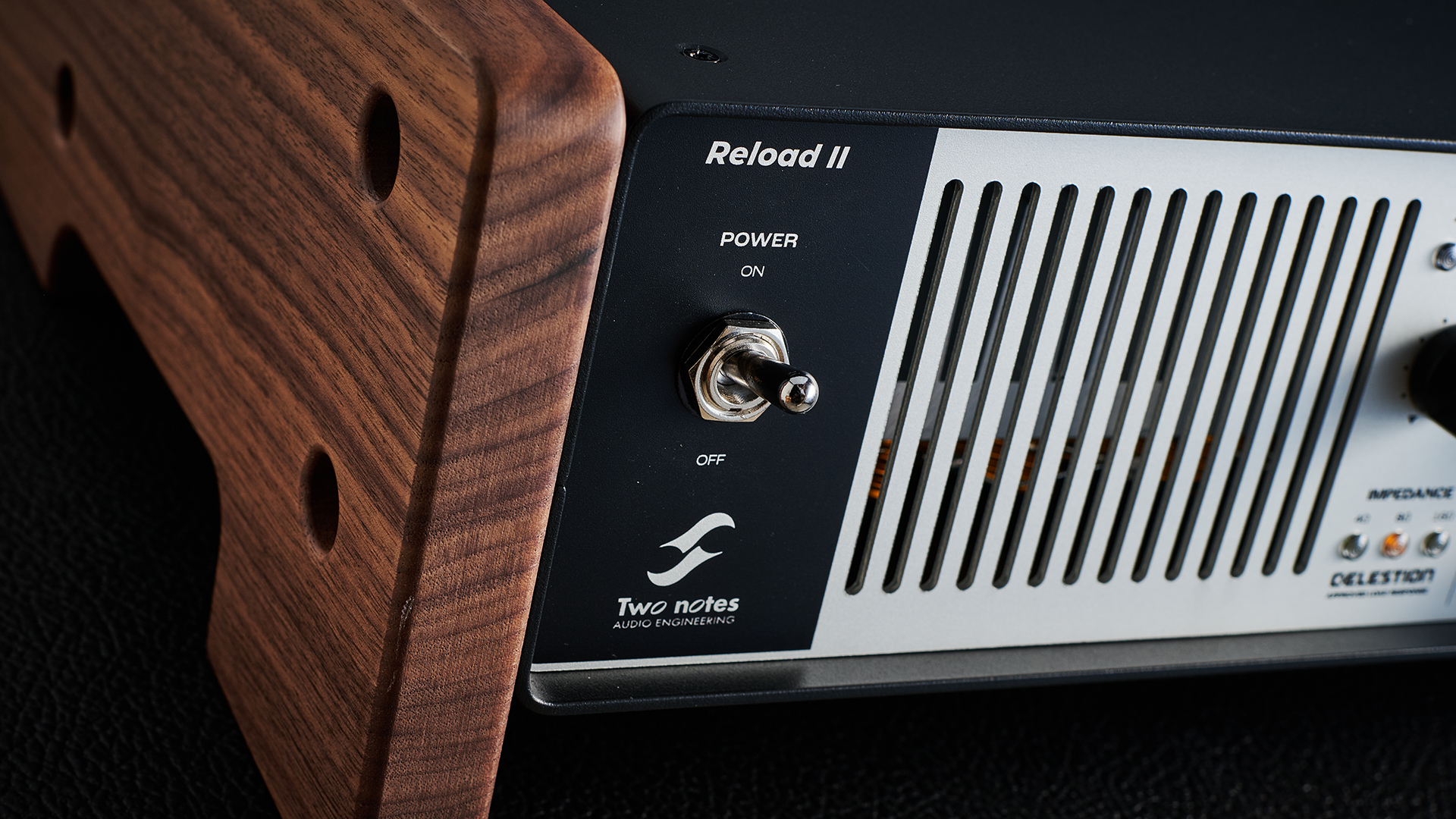
Build quality rating: ★★★★★
It didn’t take long for me to realise how substantial the Two Notes Reload II is. Just lifting it from the floor to my desk was more difficult than I anticipated, and separating the outer cardboard box from the inner took me a while, too. Once I’d eventually unboxed everything and set it in place on top of my amp stand, though, I couldn’t help but remark at what a stunning-looking bit of kit it is.
It’s got proper analogue studio vibes thanks to the two real wood sides, and that monochrome front with a grille for cooling, jam packed with knobs had my inner studio engineer immediately reaching out to tweak settings. It does come with rack ears too, so can be mounted alongside the rest of your outboard gear or as part of a touring rig.
All of the buttons knobs and switches are beautifully applied and feel as robust as any other classic outboard gear I’ve handled over the years. It’s a solid feeling unit and upon a close inspection I couldn’t find a single thing out of place. The action of the knobs is incremental, which makes it easier to set and forget, while I found everything to be laid out in a clear manner on the front and back panels.
Due to the sizeable weight it did make me think twice about taking it to a show, as it’s bad enough having to take my tube amp, guitars, ginormous pedalboard, and spares and accessories, never mind adding another 7kg to the pile of gear. If you’re already running a rack setup, then integrating it wouldn’t be too difficult, but for those of us running rigs that are a little less pro, you’ll need to calculate the impact of that additional weight if you want to use this thing live.
Usability

Usability rating: ★★★★½
Ordinarily I try to test most gear by just diving in and seeing what happens, but with this being my first load box, and the subject of my testing also including my most beloved tube amp, it seemed sensible to gloss over the manual first before I started plugging things in.
The manual gives you a lot of info, but I wouldn’t say it holds your hand if you’re a beginner. It tells you everything that the unit is capable of, but it doesn’t necessarily say where to plug things in to get up and running. This might mean that beginners find themselves scratching their heads, but those with a little more knowledge and experience won’t find it too difficult to get it up and running.
I started testing by hooking up my Orange Rocker 32 tube amp to the Reload II, disconnecting my speakers and routing into the Amp In socket at the back with a speaker cable. From there I ran the Line Out A into my Apollo audio interface via an XLR cable in order to get up and running with a silent recording option. If you wanted to you could also use the Cab outs to either monitor yourself or to mic up a cab alongside the direct signal and capture multiple tones at once with a single amp.
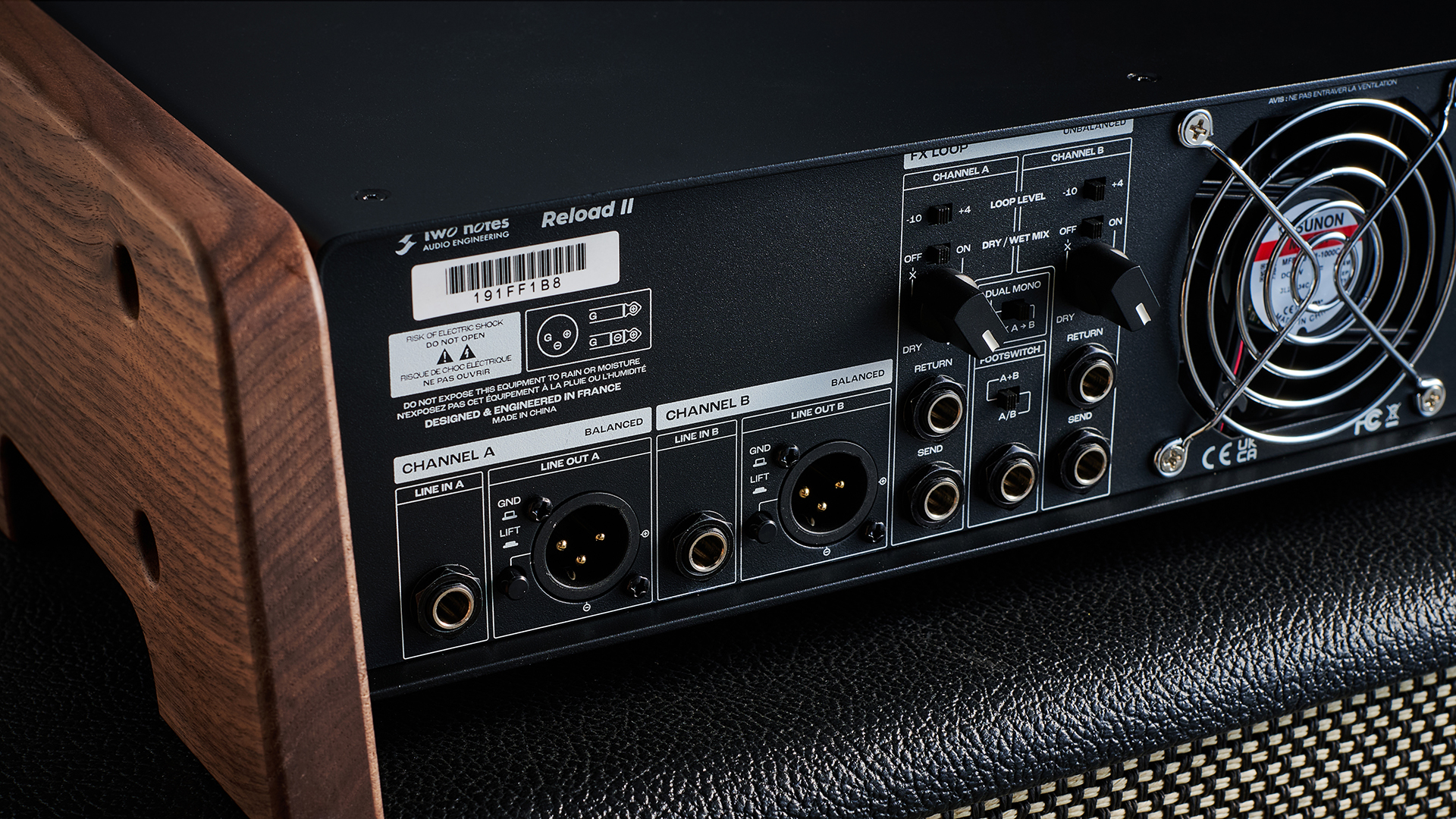
Handily the Reload II has two very useful features that make getting your amp setup a breeze. First of all, a switchable amp impedance knob lets you select from 4, 8, or 16 ohm input impedance, so you can match any speaker out from a combo or tube head. It’s selectable via the knob on the back, but there are corresponding labelled lights on the front which let you know which mode it is in, preventing you from accidentally plugging an amp in on the wrong setting.
What I love most about the Reload II is that stereo FX loop
Secondly, on the front panel of the Reload II you have an amp level knob with an indicator that lets you select the sweetspot of gain. It has three lights and when the middle light is green you’ve got a nice signal level coming in. Too high or too low and each of the lights to the left and right will glow blue to yet you know. It’s another super useful feature that prevents you from running the amp too hot into the load box, which can drastically affect the sound and response you get out of it.
What I love most about the Reload II is that stereo FX loop though. I use the FX loop on my amp when I’m gigging, but it does make recording more difficult, as if I want to use my pedalboard with an amp sim at home I need a lot of cables. The Reload II makes things an absolute breeze though, and I can use my live setup at home with a minimum of faff. It’s honestly got me thinking hard about adding one to my own studio set up, it’s that powerful of an addition to my usual workflow.
Sounds

Sounds rating: ★★★★½
The pick attack was as immediate as expected, and the glassy clean tone I'm used to from my amp without any of my stompboxes in the mix felt completely indiscernible from the tone I get in the practice room
Once I’d gotten everything connected I began by recording my amp through Pro Tools, using the included Genome impulse responses to see how it felt. It was quite unnerving how much it felt like using my regular gigging setup, but at a much lower volume. Starting with the Depth and Presence knobs all the way down, I had no issues recognizing my base clean tone straight away, and most importantly, it felt like playing through my amp.
I couldn't feel anything in terms of latency, which has been a complaint of some other load boxes. The pick attack was as immediate as expected, and the glassy clean tone I'm used to from my amp without any of my stompboxes in the mix felt completely indiscernible from the tone I get in the practice room.
Using the depth and presence controls you can tweak the high and low end to make the amp sound more impactful at lower volumes, whether you need a little more oomph in the lows or a touch more sparkly up top. It’s another great bit of functionality that allows you to get the most out of your tube amp at home, and I found the controls very responsive, with them adding way too much for my taste by the time they hit the halfway mark.
Switching to my gain channel and cranking things a little, the Reload II gave me that gutsy midrange and balanced top end I’m used to, but more importantly I was able to test how the amp responds to picking dynamics, something a lot of modellers can struggle with.
Again, I found it tough to find much difference to how my amp responds normally with the gain at the midway point. It responded when I softened my attack and got hairier when I dug in more, exactly what I’d expect to hear if the Reload II wasn’t plugged in, just at a much lower volume.
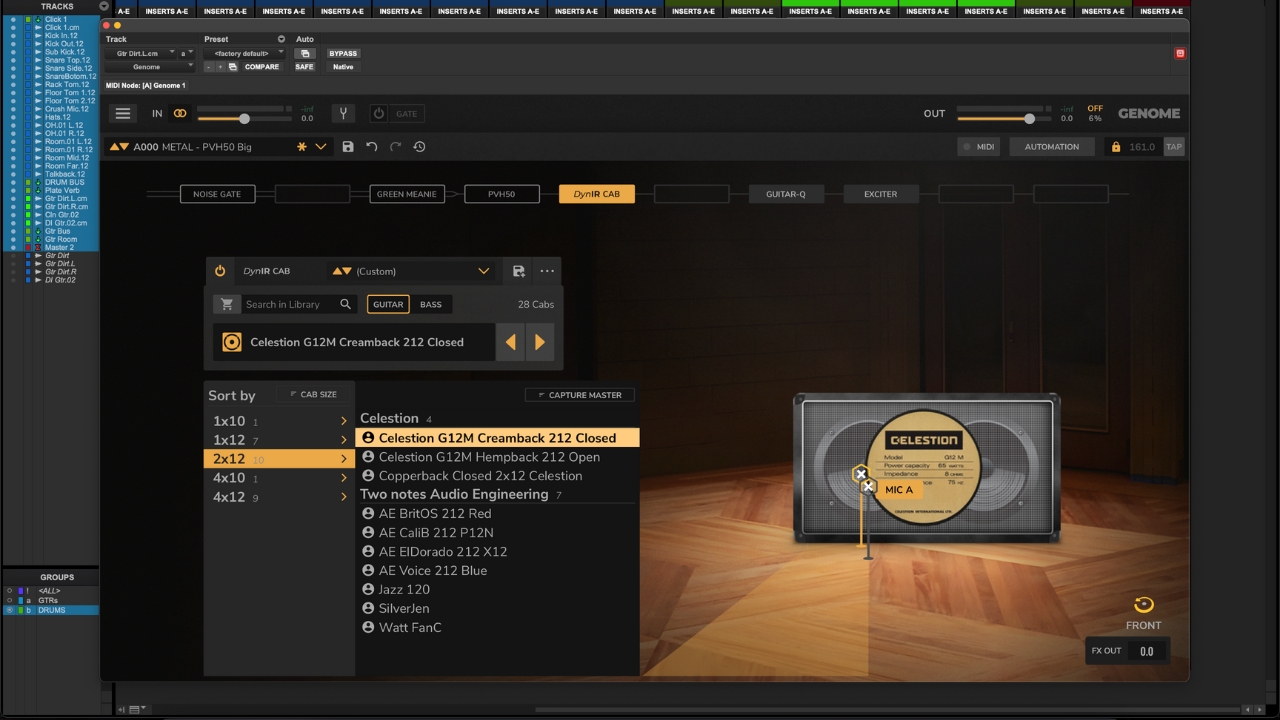
I'm a big user of IRs, owning several different collections for my own recording endeavours, and the ones included with the Genome software are excellent quality. My amp typically plays through a 2x10 cabinet, so I inevitably found myself leaning towards the 2x12 cabs in the software for an accurate recreation. That said, I still got fantastic results trying different cabs out for alternate vibes, and it's another way to add versatility to your guitar tones, even if you only have one guitar amp to use.
Verdict

I can see why the Two Notes Reload II is approved by Celestion, because it really does deliver an incredibly realistic response at a wide variety of settings. The long and short of it is that it sounds fantastic, and for me it absolutely delivered the sound and feel of my tube at a much lower volume.
The huge array of features mean it will slot easily into a home studio or live rig, all the while adding a massive amount of functionality. It’s an amazingly flexible bit of kit that can really simplify your workflow in the studio, and allow you to better harness your tube amp out on the road. That said, it’s users with existing rack mount systems that would likely benefit the most from the Reload II in a live scenario, as those gigging local venues might find it too weighty to carry around alongside the rest of their gear.
MusicRadar verdict: For those who would still rather use their tube amps over a modeller at home, in the studio, and when playing live, there’s little reason not to opt for the Two Notes Reload II. It’s not the cheapest out there - nor is it the most expensive - but it’s definitely one of the most fully featured options available right now.
Test | Results | Score |
|---|---|---|
Build quality | Superb, and looks phenomenal | ★★★★★ |
Usability | Loads of great features, but not that beginner friendly | ★★★★½ |
Sounds | Feels like playing through your regular amp | ★★★★½ |
Overall | A brilliant addition for studio and live guitar players | ★★★★½ |
Also try
Universal Audio Ox - $1,499/£1,277
Probably one of the best known reactive load boxes, the Universal Audio Ox, or Ox Box as it’s often called, delivers superb quality sound from your tube amp at usable volumes. It’s got loads of useful features, a powerful app, although is slightly let down by not being rack mountable, making it a little less intuitive for live performance.
Read more: Universal Audio Ox review
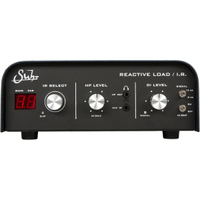
Suhr Reactive Load/IR - $599/£441
If you want to tame your tube amp but prefer something a little less bulky, the Suhr Reactive Load/IR is the way to go. It’s got an impedance curve modelled on a Greenback loaded Marshall 4x12 so reacts brilliantly, and can store 16 different IRs selectable with the knob on the front. It’s not as full featured as some of the more expensive units, but it’s a great compact option.
Boss Waza Tube Amp Expander - $1,234.00/£1,149
The Boss Waza Tube Amp Expander is another great reactive load box with a huge array of features that make it one of the most complete on the market. From a dedicated reamping out to MIDI control, it’s one of the most feature packed options available at the moment, and is a great addition to any tube amp setup that will allow you to use it to its full potential.
Read more: Boss Waza Tube Amp Expander review
Hands-on demos
LambChopper678
Michael Nielsen - Big Hairy Guitars
Andertons


Matt is a Junior Deals Writer here at MusicRadar. He regularly tests and reviews music gear with a focus on audio interfaces, studio headphones, studio monitors, and pretty much anything else home recording-related. Matt worked in music retail for 5 years at Dawsons Music and Northwest Guitars and has written for various music sites including Guitar World, Guitar Player, Guitar.com, Ultimate Guitar, and Thomann’s t.blog. A regularly gigging guitarist with over 20 years of experience playing live and producing bands, he's currently studying Sound Engineering and Music Production at Spirit Studios in the UK.
You must confirm your public display name before commenting
Please logout and then login again, you will then be prompted to enter your display name.
“Gloriously adorned with a gold edge burst finish over a gold paisley and sparkle top”: Gretsch unveils the Paisley Penguin – a rare bird that growls – and the Honey Dipper Special, a resonator for all your roots rock manoeuvres
“It’s radical. It’s like magic. I get chills”: How Rick Rubin’s philosophy of chance led System of a Down to the first metal masterpiece of the 21st century
“A guitar with the same style and massive sound Eddie Van Halen created all at an affordable price”: EVH Gear reimagines the Wolfgang Standard as a high-performance shredder with a TOM bridge
